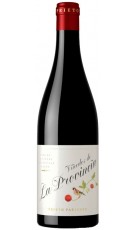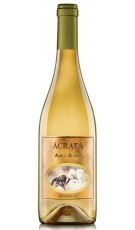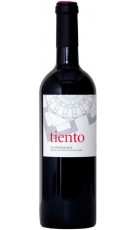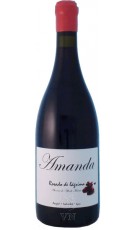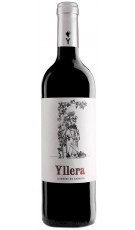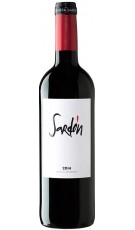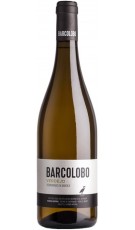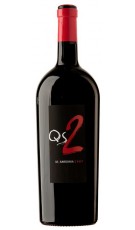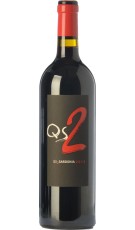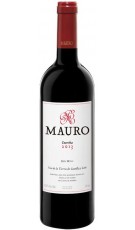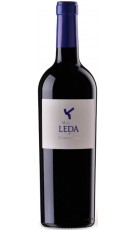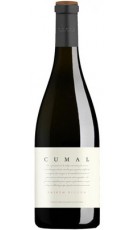Clunia Tempranillo 2016
The grapes for this Tempranillo come from the "El Gerbal" estate, of 3.55 hectares located at an altitude of 950m. The vines of this vineyard benefit from the northwest wind that aerates and protects them. They are surrounded by pine forests that share with them calcareous clay soils poor in nutrients that force the roots to look for them in the rocky subsoil.
Prices VAT included
| Color and Appearance: | Intense and bright ruby red color. |
| Nose / Aroma: | Its elegant bouquet reveals the great complexity of aromas that the wine presents, surprising the nose with the duality of intensity and delicacy of all of them. |
| Mouth / Flavors: | The palate is a true reflection of what was experienced on the nose. The intensity of the fruit, together with the sweet tannins make it a pleasant, elegant, smooth, harmonious wine with a persistent aftertaste. |
| Recommendations: | Temperature 16 - 18º C |
| Kind of wine: | Red Wine. |
| Grape Varieties: | 100% Tempranillo. |
| Vintage: | 2016 |
| Ageing: | 12 months in French barrels, including malolactic fermentation. |
| Alcohol: | 14,5% vol |
| Formats: | 0,75L y 1,5L. |
BODEGAS CLUNIA

Clunia Winery
In these stony and rugged highlands, centuries ago great civilizations found a place to settle and grow. They knew the virtue of the extreme.
Clunia was born from a dream: to make wines of the highest quality and marked character in a hostile climate. Wines from a land with centuries of experience, an arid and hard land.
The Clunia vineyards began to be planted in the 90s when very few believed in the potential of this unique terroir located around 1,000 meters above sea level. Although the property has approximately 70 hectares in total, not all of them have been planted, since we are convinced that the best way to get to know such a different terroir is to give it time, not to rush.
This is what we have done in Clunia: Today, we only cultivate 20 hectares of Tempranillo, Syrah, Albillo, and Malbec, although the incorporation of new plantations is planned, which will give a final figure of 32 hectares.
All this was done calmly and patiently, with great dedication to the land and low performance, as proven by its low production of 42,000 bottles per year between the three Clunia wines. At a high altitude, and surrounded by mountains that send their winds over the Plateau, the Clunia vineyards strive to survive the inclement weather, the harsh summers and the no less extreme winters, the marked temperature contrasts between the day and night. Rooted in a limestone soil, with good drainage and the presence of clays, sands, and limestone rocks that vary depending on the estate, the vines resist the rigorous frosts of this microclimate, the icy winds and the scorching heat, seeking sustenance in the bowels of the earth.
And so, when autumn arrives and the end of the ripening period, the grapes reflect their history and the effort of the vineyard that saw them born, giving rise to wines of great aromatic concentration, freshness and structure, elegant, full-bodied and ripe tannins.
Featured products

(+34) 91 129 11 11
(+34) 638 458 218
- Brandy
- Cognac
- Gin Premium
- Ron
- Whisky
- Denomination of Origin
- Winery


























